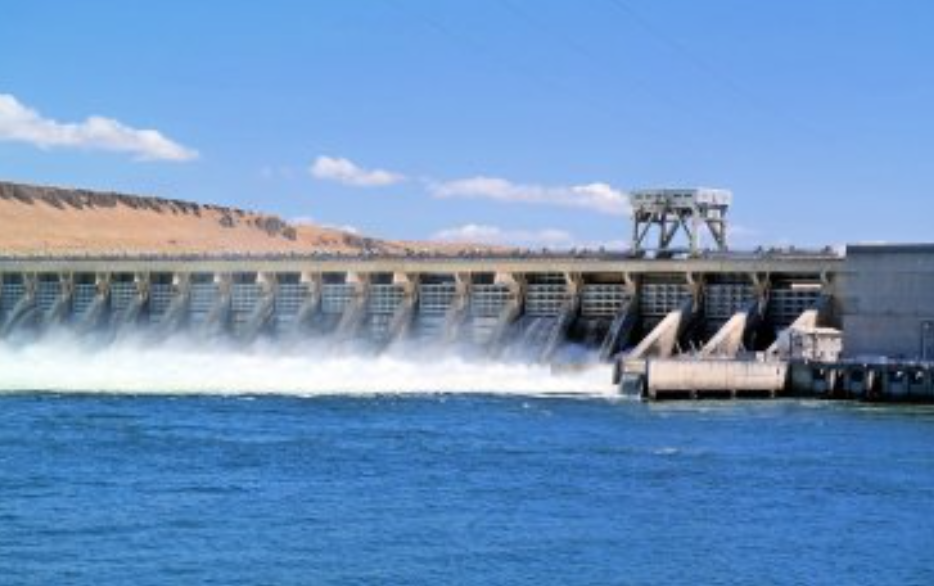Implementation Challenges: Loss and Damage Fund Faces Hurdles Despite Global Commitments

Loss and Damage Fund faces significant hurdles, hindering its effectiveness in addressing climate change impacts. Challenges include funding shortages, governance issues and disagreements over scope and responsibility
Despite global commitments and diplomatic efforts, the operationalisation of the Loss and Damage Fund, a critical component of climate finance mechanisms, faces significant challenges, hindering its effectiveness in addressing the impacts of climate change. According to a report by TERI titled, ‘Operationalisation of the Loss and Damage Fund: Challenges and Opportunities’ Wealthy nations pledged USD 100 billion annually from 2020 in climate finance to poorer nations, but have fallen short, casting doubts on their commitment and capability to support climate initiatives. The creation of the Loss and Damage fund raises questions about its implications on existing climate finance structures, including resource diversion and funding burdens. With COP28 to address various resolutions, including increased financial demands on developed nations, the projected loss and damage costs could range from USD 290 to USD 580 billion by 2030, with civil society organisations advocating for a floor of USD 400 billion annually.
“The new Loss and Damage Fund, though a significant step forward, does not diminish the urgent need for adaptation finance,” said Alvin Chandra, Head of UNEP’s Global Adaptation Network in the ‘Adaptation Gap Report’. “As we saw in the latest Adaptation Gap Report, every dollar invested in adapting to coastal flooding could save USD 14 from loss and damage to the economy,” he added.
Published by UNEP in the run-up to COP28, this report set the scene for the conference’s discussions, highlighting a widening adaptation finance gap in developing countries – estimated at USD 194 to USD 366 billion per year. The publication was cited in the COP28 final text on the Global Stocktake, a key process to assess the progress of climate action.
Fossil fuel subsidies, reaching USD 1 trillion annually in 2022, further complicate climate finance efforts, resulting in a negative “net climate finance” and exacerbating challenges of mitigation and adaptation. Despite the diplomatic success, operationalising the Loss and Damage fund poses numerous challenges, including technical, governance and political concerns. Disagreements over donor responsibilities and beneficiary selection, coupled with disputes over the fund’s scope and location, contribute to political and diplomatic hurdles. Developing nations stress the higher capacity of developed countries to pay for the fund, advocating for equitable access regardless of income level.
In addition to governance and diplomatic challenges, climate finance complexities, including standardised definitions, financial instruments and mobilisation of additional finance, pose significant obstacles. Fragmentation in the global finance landscape complicates access to funding, while resistance to fragmentation and bureaucracy hinders effective aid delivery. Scientific and technical challenges, such as defining loss and damage, understanding vulnerability and data collection, further impede progress.
Adelle Thomas, lead author of the IPCC’s 2022 report on Impacts, Adaptation and Vulnerability and the Special Report on 1.5°C said in the former report, “ Loss and damage mean different things to different groups and there is no agreed-upon definition of loss and damage within the UN Framework Convention on Climate Change (UNFCCC). However, loss and damage can generally be understood as the negative impacts of climate change that occur despite, or in the absence of, mitigation and adaptation.”
“Loss and damage are often categorised as either economic or non-economic. Economic loss and damage are negative impacts that we can assign a monetary value to. These are things such as the costs of rebuilding infrastructure that has been damaged due a flood, or the loss of revenue from agricultural crops that were destroyed due to drought. Non-economic loss and damage are negative impacts where it is difficult or infeasible to assign a monetary value to. These are things such as trauma from experiencing a tropical cyclone, loss of community due to displacement of people, or loss of biodiversity,” he added.
India’s role in loss and damage initiatives is crucial, with the country demonstrating leadership through various initiatives and advocating for increased financial support and technological assistance from developed countries. India’s strategic engagement in the UNFCCC process and its proactive approach at COP28 reinforce its position as a global leader in climate action. However, overcoming the challenges in operationalising the Loss and Damage fund requires collective action, political will, and innovative solutions to ensure the equitable distribution of resources and effective support for vulnerable nations and communities.
Climate Policy Initiative (CPI) India’s Center for Sustainable Finance (CSF) has released its latest report titled Financing Adaptation in India,’ emphasising the urgent need for increased investments in adaptation to mitigate the adverse effects of climate change in the country. India, with its diverse geographical and socio-economic landscape, faces significant vulnerability to climate change impacts. The report underscores the critical importance of adaptation investments, estimating the financial requirements of states across India and identifying funding gaps.
Malini Chakravarty, lead author of the report, stressed the necessity of exploring innovative financing solutions to address the pressing issue. She highlighted the potential of a multi-faceted approach, including tax devolution principles shaped by the Finance Commission to direct resources to climate-vulnerable states and districts.
Dhruba Purkayastha, India Director at Climate Policy Initiative India in the same report, emphasised the need for policy and institutional prioritisation of adaptation, particularly in vulnerable states. He urged for the mainstreaming of adaptation investments through budget allocations and leveraging public finance to attract commercial investments. The report provides a comprehensive assessment of adaptation investment needs and funding gaps in states that have updated their State Action Plans on Climate Change (SAPCCs). It offers valuable insights on mobilising finance from public, private, and blended sources for adaptation efforts.








































































































































































































































































































































































































































































































































































































































































































































































































































































































































































































































































































